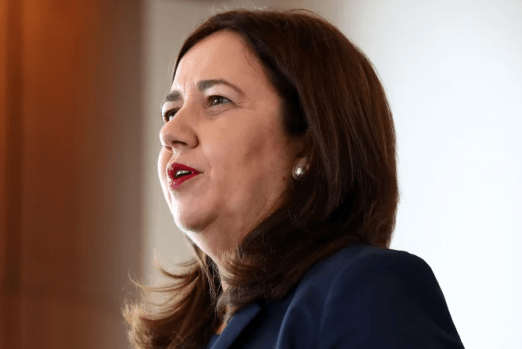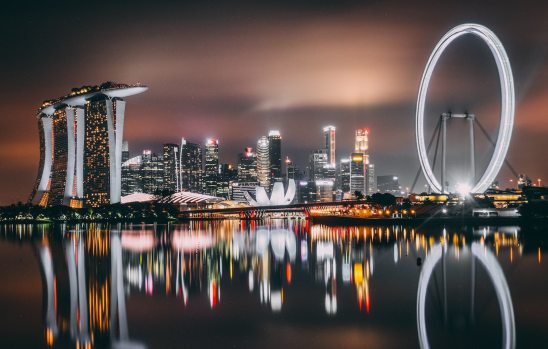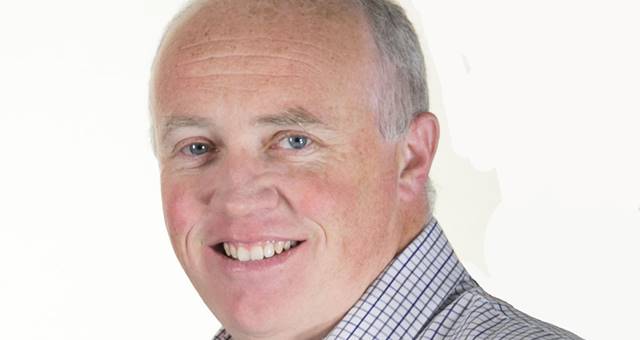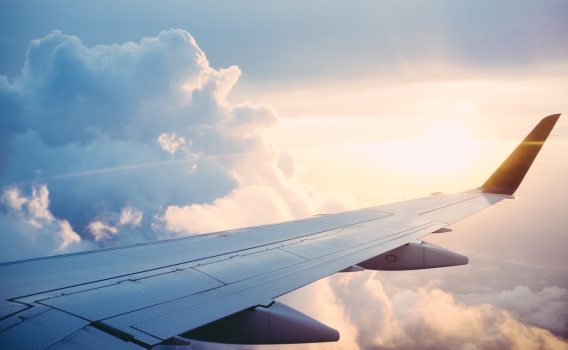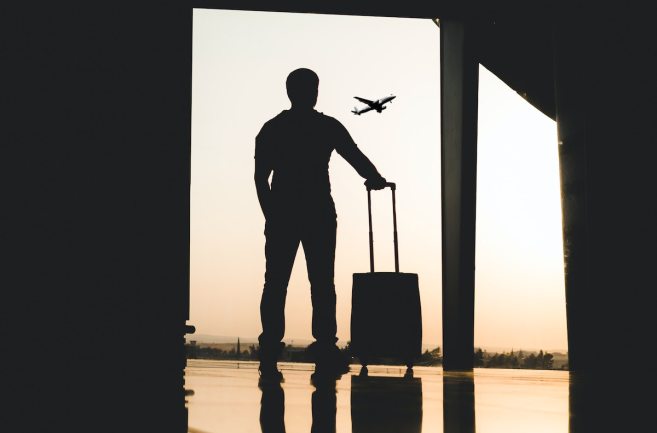
UPDATED 05/11/2020: With the COVID-19 situation changing daily, Australia’s states and territories have been quick to update their border restrictions to match.
In the last few weeks, discussions around border openings have been increasing with more destinations looking to ease restrictions.
Here are the latest details on where you can and can’t travel around Australia right now:
Queensland
The Queensland border is closed to COVID-19 hotspots, which currently includes 32 greater Sydney Local Government Areas in New South Wales and all of Victoria.
All other Australian states or territories are allowed to travel to Queensland.
The New South Wales border zone has also been removed.
Queensland Chief Health Officer Dr Jeannette Young will review the border restrictions again at the end of November.
All the latest information is available here.
Tasmania
Tasmania is now open to travellers from ‘low-risk areas’, which includes Australian Capital Territory, Northern Territory, Queensland, South Australia, Western Australia and New Zealand.
Travellers who have only spent time in these areas in the 14 days prior to arrival in Tasmania are not required to quarantine.
Travellers from New South Wales, currently a medium-risk area, are required to quarantine on arrival at a suitable premises.
Victoria is currently a high-risk area, meaning travellers from this state must provide information to help determine entry and quarantine requirements for travel to Tasmania.
More information can be found on Tasmania’s border closures and openings here.
New South Wales
NSW has temporarily imposed border restrictions with Victoria, meaning anyone who has been in Victoria in the last 14 days can not enter the state.
However, the NSW Government has announced the border between NSW and Victoria will reopen from 12.01am 23 November 2020.
The latest information is available here.
ACT
While the ACT is currently open to all states except Victoria, the government is urging anyone from COVID-affected areas to reconsider their travel to the ACT.
Anyone (other than ACT residents) travelling into the ACT from Victoria will be denied entry to the ACT unless they are granted an exemption by ACT Health.
The latest travel advice is available here.
Victoria
While Victoria doesn’t have any border restrictions, other states and territories won’t allow you to enter if you have been in Victoria in the past 14 days.
More information on Victoria’s border closures available here.
Western Australia
From 14 November, WA will transition to a “controlled border arrangement”.
The WA Government has stated every state and territory in Australia will need to record a 14-day rolling average of less than five community cases per day of COVID-19 for the arrangement to be introduced.
At present, this means travellers from Queensland, South Australia, Tasmania, the Australian Capital Territory and the Northern Territory will be permitted to enter Western Australia from 14 November, without the need to self-quarantine.
Stay up to date here.
Northern Territory
The Northern Territory border is closed to parts of greater Melbourne, but is open to other states and territories.
Travellers who have been in declared COVID-19 hotspot in the 14 days priort to arriving must complete 14 days of mandatory supervised quarantine at their own expense.
The latest information can be found here.
South Australia
Travellers from New South Wales, ACT, Northern Territory, Queensland, Tasmania and Western Australia are currently allowed to enter South Australia directly without restriction.
While travellers from Victoria are still not permitted to enter SA, some exemptions have been expanded allowing returning students, people relocating and passing travellers to enter the state from Victoria.
Stay up to date with South Australia’s border closures here.
More reading
State-by-state guide to current event restrictions
Business events are back on in New Zealand
Singapore to reopen border with Australia
